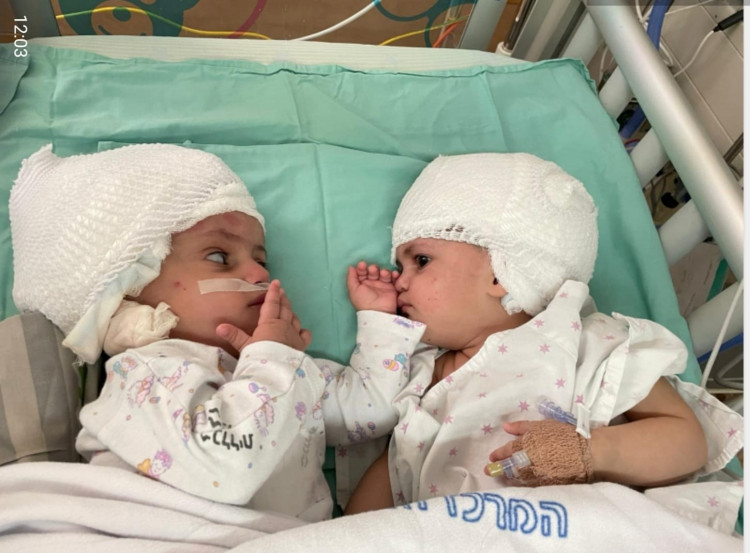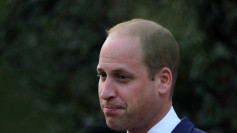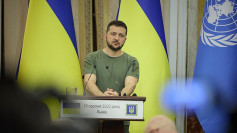Doctors in Israel were able to separate one-year-old twin girls who were conjoined at the back of their heads. This was the first time such a rare operation was done in the country.
The rare separation surgery, which has only been conducted 20 times globally, was performed at the Soroka Medical Center in the Israeli city of Beersheba. Doctors worked for more than 12 hours to separate the two infants.
Doctors and experts from Israel and overseas participated in the rare and delicate surgery. The operation involved the use of scalp grafts, advanced cranial reconstruction techniques, and the creation of a 3D virtual simulation of the heads of the twin girls.
Before the surgery, doctors had used inflatable silicon bags, which were surgically implanted in the twins' heads, to artificially stretch their skin. The skin was then used to seal part of their heads and over their reconstructed skulls. To prepare for the operation, doctors used 3D virtual reality models of the twins. The models were used to simulate different surgical procedures and techniques.
The head of Soroka's plastic surgery department, Eldad Silberstein, said the two girls are now in stable condition and are recovering well. Silberstein added that the two girls, who were not identified, are now breathing and eating on their own.
Soroka's chief neurosurgeon, Mickey Gideon, said everyone was delighted to know that the operation was a success. He added that things went according to their plan.
The two girls were born in August 2020 and were conjoined at the back of their heads. Doctors said now that they are separated, they should be able to see one another for the first time and live normal lives.
Conjoined twins are identical twins that are physically joined in utero. The condition is very rare and occurs about once in every 49,000 to 189,000 births. Conjoined twins that are attached at their heads are even rarer. About half of all conjoined twins are stillborn, while an additional third die within 24 hours after birth.






